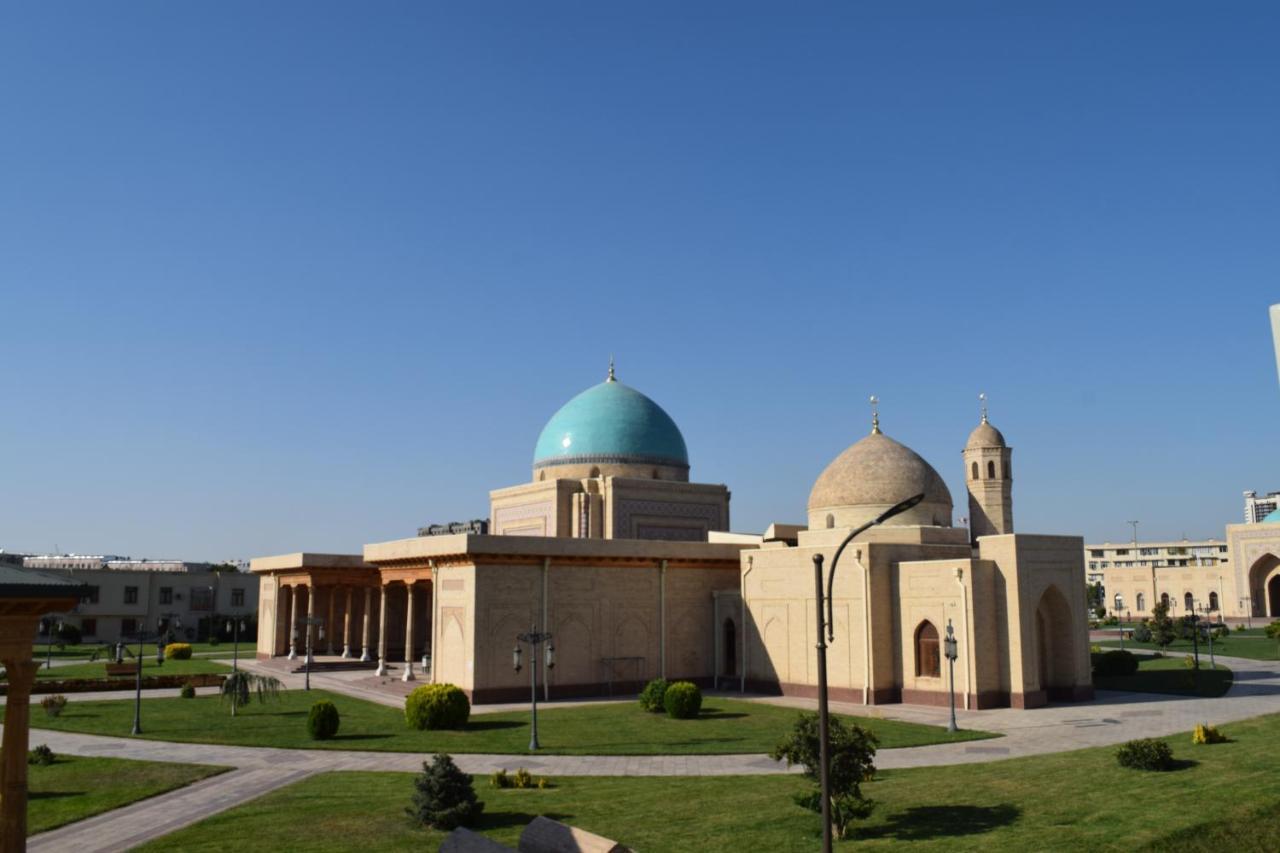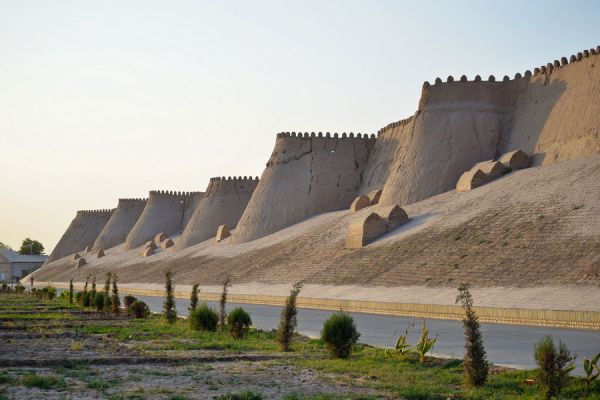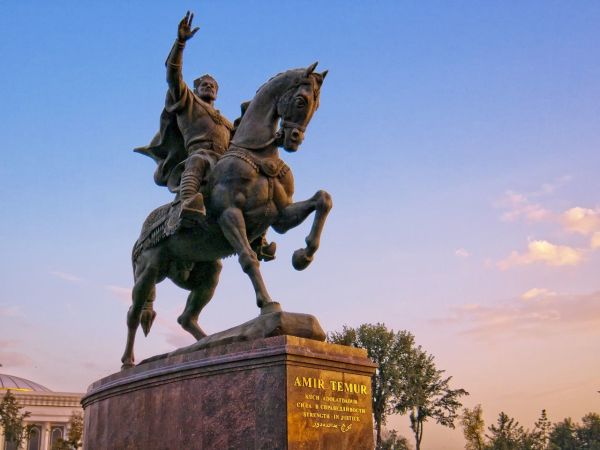Suzuk-Ota Mausoleum
The Suzuk-Ota Mausoleum is located in the old part of Tashkent, not far from the Chorsu Bazaar. This architectural complex was built in honor of Suzuk-Ota, who was famous as a craftsman and teacher. He was respected and revered by the locals and became a symbol of craftsmanship and tradition.
The main features of the mausoleum:
Architectural style: The mausoleum is made in the traditional Uzbek architectural style, with characteristic elements such as elegant mosaics and wood carvings. Its design reflects the rich cultural history of the region and the craftsmanship of local artisans.
Historical significance: Suzuk-Ota is considered the patron saint of artisans, and the mausoleum has become a place of pilgrimage for those who practice various arts and crafts. It symbolizes respect for the traditions and culture of Uzbekistan.
Reconstruction and landscaping: In recent years, the mausoleum has undergone extensive reconstruction, during which both the mausoleum itself and the surrounding area have been updated. A new park has been created, which has become a convenient place for relaxing and walking.
Cultural events: The Suzuk-Ota Mausoleum also serves as a venue for various cultural events and celebrations, which promotes crafts and traditional arts among young people and tourists.
Tourist attraction: The mausoleum attracts many tourists interested in the history and culture of Uzbekistan. Visiting this place allows you to learn more about local traditions and enjoy the atmosphere of spirituality and respect for crafts.
The Suzuk-Ota Mausoleum is an important element of Tashkent's cultural heritage and a symbol of craftsmanship and traditions. Its architecture, historical significance and cultural initiatives make it an important place to study Uzbek culture and history.

















